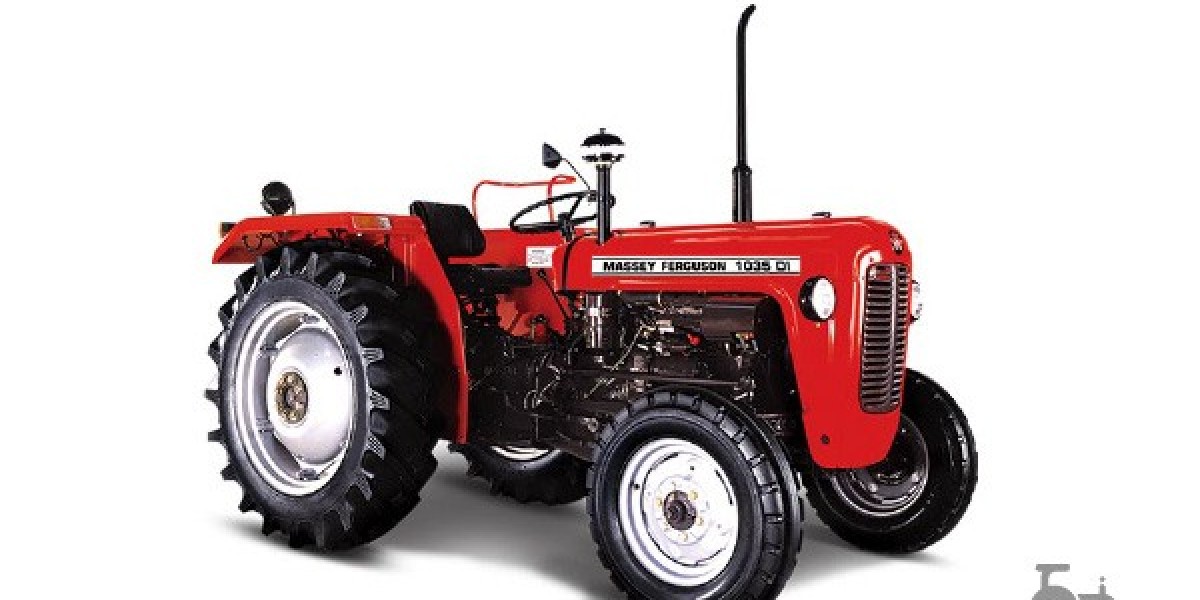The world of delivery services has grown tremendously in recent years, offering a range of opportunities for independent contractors and drivers. Amazon Flex is one of the many options available for those looking to earn extra income by delivering packages. But how does it compare to other popular delivery services like Uber Eats, DoorDash, Postmates, Instacart, and even traditional courier companies? This article will break down the key factors and offer insights into how Amazon Flex stacks up against the competition.
What is Amazon Flex?
Amazon Flex is a program that allows independent contractors to deliver Amazon packages using their own vehicles. Drivers sign up through the Amazon Flex app and are able to choose delivery shifts (known as “blocks”) that suit their schedules. Once a block is selected, drivers pick up packages from Amazon distribution centers and deliver them to customers.
Flex drivers are paid per block, and the pay is based on an estimated completion time. If drivers finish early, they still earn the same amount, but if the delivery takes longer than expected, they aren’t compensated for the additional time.
Now, let's dive into the various aspects of Amazon Flex and compare them with other delivery services.
Flexibility and Scheduling
Amazon Flex
One of the main advantages of Amazon Flex is its flexibility. Drivers have control over when they want to work by choosing blocks that fit their schedules. However, unlike other delivery services that offer on-demand flexibility, Amazon Flex requires drivers to commit to scheduled shifts. You may not always be able to pick up a shift at the last minute, especially during peak times when blocks are in high demand.
Uber Eats, DoorDash, and Postmates
Uber Eats, DoorDash, and Postmates offer more on-demand flexibility. Drivers can go online and start accepting delivery orders without pre-scheduling shifts. This is beneficial for those who want to work spontaneously or fit deliveries into other work or personal commitments. There’s no requirement to commit to specific hours in advance.
Instacart
Instacart works similarly to Amazon Flex in that shoppers can schedule their shifts in advance. However, Instacart also allows some flexibility by letting drivers pick up orders while online, similar to Uber Eats or DoorDash. This mix of pre-scheduled shifts and on-demand work can offer a bit more flexibility than Amazon Flex.
Traditional Courier Services
Traditional courier services, such as UPS or FedEx, typically offer less flexibility compared to gig-based delivery services. Drivers are employees, working set schedules provided by their employer. While this offers stability, it lacks the ability to choose when and how often to work, unlike Amazon Flex or its gig-economy counterparts.
Pay Structure
Amazon Flex
Amazon Flex offers a pay structure based on blocks, with pay ranging from $18 to $25 per hour, depending on location, demand, and the estimated time to complete deliveries. Drivers are paid per block, regardless of whether they finish early or late. Additionally, drivers may receive tips from customers if they are delivering for Amazon Fresh or Prime Now services, which can increase overall earnings.
Uber Eats, DoorDash, and Postmates
Uber Eats, DoorDash, and Postmates typically pay drivers a base fare for each delivery, plus any tips received from customers. They also offer promotions such as surge pricing, bonuses for completing a certain number of deliveries or delivering during peak times. However, the total earnings can vary significantly depending on location, time of day, and customer tips. Unlike Amazon Flex, there’s no guaranteed hourly rate, so income can fluctuate more unpredictably.
Instacart
Instacart shoppers are paid per order, with compensation based on factors like the size of the order, the number of items, and the delivery distance. Similar to other food delivery services, tips from customers can make up a significant portion of the total earnings. Instacart does not guarantee hourly pay, which makes it more dependent on the volume of available orders and tips.
Traditional Courier Services
Traditional courier services like UPS and FedEx provide stable, salaried positions with benefits. Pay is typically higher than gig-based services, especially for full-time employees, and includes hourly wages, overtime, and benefits such as health insurance. However, this requires a full-time commitment and lacks the flexibility of Amazon Flex or other gig platforms.
Vehicle Requirements and Costs
Amazon Flex
To drive for Amazon Flex, individuals need their own vehicle, typically a mid-sized sedan or larger. Drivers are responsible for all vehicle-related expenses, including gas, insurance, and maintenance. While Amazon Flex allows more flexibility in terms of vehicle types, it can lead to increased wear and tear on personal vehicles.
Uber Eats, DoorDash, and Postmates
Uber Eats, DoorDash, and Postmates have similar requirements when it comes to using personal vehicles. However, these services often allow for a wider variety of transportation modes, including bicycles, scooters, and even walking in some urban areas. This can significantly reduce costs compared to Amazon Flex, which generally requires a vehicle capable of carrying larger packages.
Instacart
Instacart also requires a vehicle, but it’s used to transport groceries rather than packages. The wear and tear on your vehicle may be less significant than with Amazon Flex since grocery orders often weigh less than large Amazon packages. However, as with other gig services, drivers are responsible for covering gas, insurance, and maintenance costs.
Traditional Courier Services
Courier companies like UPS and FedEx typically provide their employees with company vehicles, so drivers don’t have to worry about personal vehicle expenses. However, the vehicles are large, and drivers must meet physical requirements to handle packages and delivery tasks. For those who don’t want to use their own vehicles, this may be a more appealing option.
Workload and Physical Demand
Amazon Flex
Delivering packages for Amazon Flex can be physically demanding, especially during peak shopping seasons like holidays. Drivers may need to lift and carry heavy packages, navigate stairs, and complete multiple deliveries in a single block. The workload can vary depending on the time of year and location.
Uber Eats, DoorDash, and Postmates
Food delivery services tend to be less physically demanding than Amazon Flex, as drivers typically transport smaller, lighter items. However, the number of deliveries can still be high, especially during busy mealtimes. Drivers may also encounter challenges such as parking difficulties or waiting for food orders to be prepared.
Instacart
Instacart shoppers may face moderate physical demands, particularly when dealing with large grocery orders. Shoppers need to select and bag items in the store before delivering them, which can involve a significant amount of walking and lifting.
Traditional Courier Services
Courier jobs at companies like UPS and FedEx can be very physically demanding. Drivers are required to move and lift heavy packages throughout the day and adhere to strict delivery schedules. The physical requirements for traditional courier jobs are generally higher than those for gig-based services like Amazon Flex.
Conclusion
When comparing Amazon Flex to other delivery services like Uber Eats, DoorDash, Postmates, Instacart, and traditional courier companies, there are several factors to consider. Amazon Flex offers scheduled flexibility and consistent pay per block, making it a solid choice for those seeking part-time income. However, the physical demands and vehicle costs can be significant. Looking for the best on-demand app development company. Compare Amazon Flex to other delivery services and find out which one meets your needs!
Ultimately, the best delivery service depends on individual priorities—whether it's flexible hours, predictable pay, or minimizing physical demands. Amazon Flex remains a competitive option for many, but it’s essential to weigh the pros and cons against other opportunities in the market.



